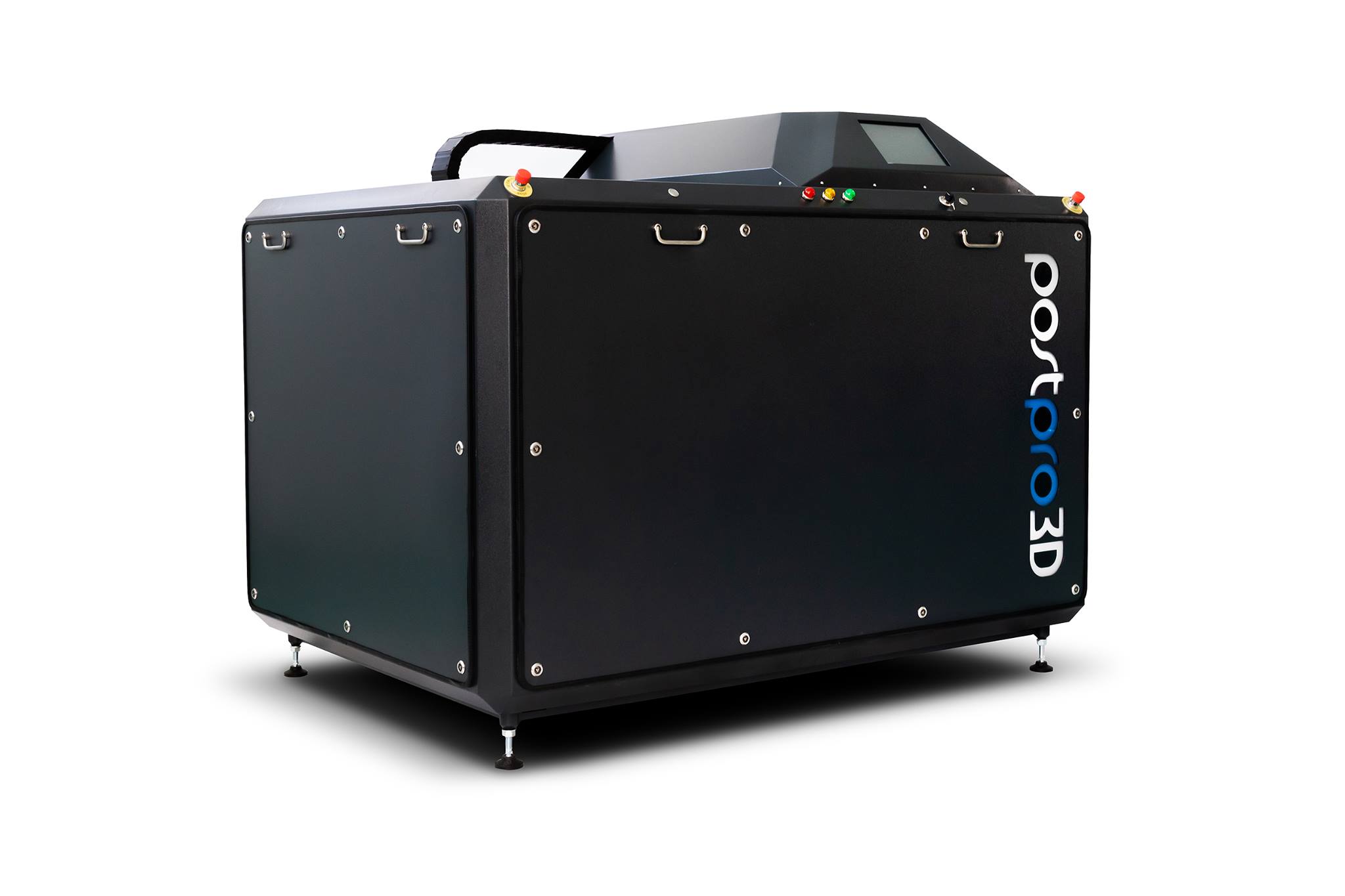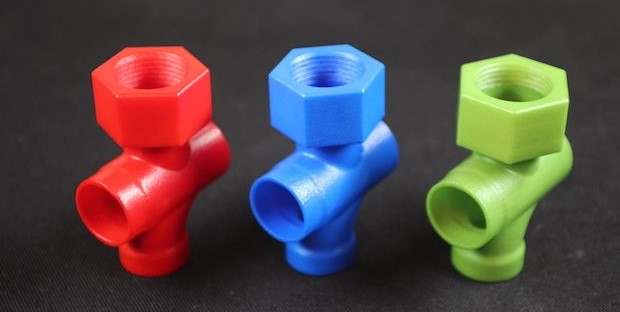Leading post-processing specialist AMT has announced that its chemical vapor smoothing technology is now patent-protected in the UK.
The patents cover the portfolio of machines in the PostPro3D series, a group of systems designed to surface finish additively manufactured parts made from thermoplastics such as polyamide, polyurethane, polypropylene, and even certain glass-filled derivatives. The IP also allows for a range of consumables to be used with the systems, future-proofing the technology for new materials and regulatory requirements.
Joseph Crabtree, CEO of AMT, stated: “AMT is fulfilling its goals one milestone at a time, with a clear vision for the future. A future where PostPro3D is a decided leader in fully automated, safe, and sustainable surface finishing systems for all materials and applications in the industry.”

Automated surface finishing
The chemical vapor smoothing process smoothes over the layer lines inherently present on 3D printed parts, making them resemble injection molded parts. It works by blasting parts suspended in a chamber with a highly-potent solvent, removing porosities and surface imperfections in the process.
According to AMT, parts that come out of the chamber exhibit no more than about 0.4% change in their dimensions and demonstrate no loss in their tensile strengths. Sometimes, there can even be an increase in the elongation at break due to the removal of surface porosities.
The PostPro3D range currently comprises three machines: the PostPro3D, the PostPro3D Mini, and the PostPro3D Pro. The base model has a chamber volume of 600 x 400 x 400mm and typically processes multiple batches of parts in 90 – 120 minutes.

AMT’s next steps
With the granting of the UK patent on the 17th of June, AMT expects the European Patent Office and the United States Patent Office to follow suit in the coming months. The lead up to the milestone involved five whole years of R&D at the University of Sheffield, along with extensive commercialization of the technology. The company now intends to continue its collaborations with its customers and partners in the hopes of bringing additive manufacturing “one step closer to an industry wide accepted manufacturing solution”.
Crabtree concludes: “It is great to see that after many years of hard work and development that we were able to secure these patents and be recognized for our inventions. AMT’s strategy is based around its strong IP position and this patent grant significantly reinforces it.”
While AMT did make its debut with its now patented surface finishing technology, the company also launched two new depowdering machines earlier this year. The PostProDP series is designed to automatically clean excess powder off laser powder bed fused parts. With around 60% of the manufacturing costs of PBF parts going towards the post-processing stage, the automation of one of the most critical steps is expected to save customers significant costs.
Even more recently, AMT, along with the Danish Technological Institute (DTI), indulged us with an interview on how they created new 3D printing food-contact applications. The two organizations began working together earlier this year, when DTI proposed a new use for the PostPro3D system. Leveraging the surface sealing capabilities of chemical vapor smoothing, the duo has since been extending the technology to food-safe parts.
The nominations for the 2020 3D Printing Industry Awards are now open. Who do you think should make the shortlists for this year’s show? Have your say now.
Subscribe to the 3D Printing Industry newsletter for the latest news in additive manufacturing. You can also stay connected by following us on Twitter and liking us on Facebook.
Looking for a career in additive manufacturing? Visit 3D Printing Jobs for a selection of roles in the industry.
Featured image shows the PostPro3D system. Photo via AMT.



